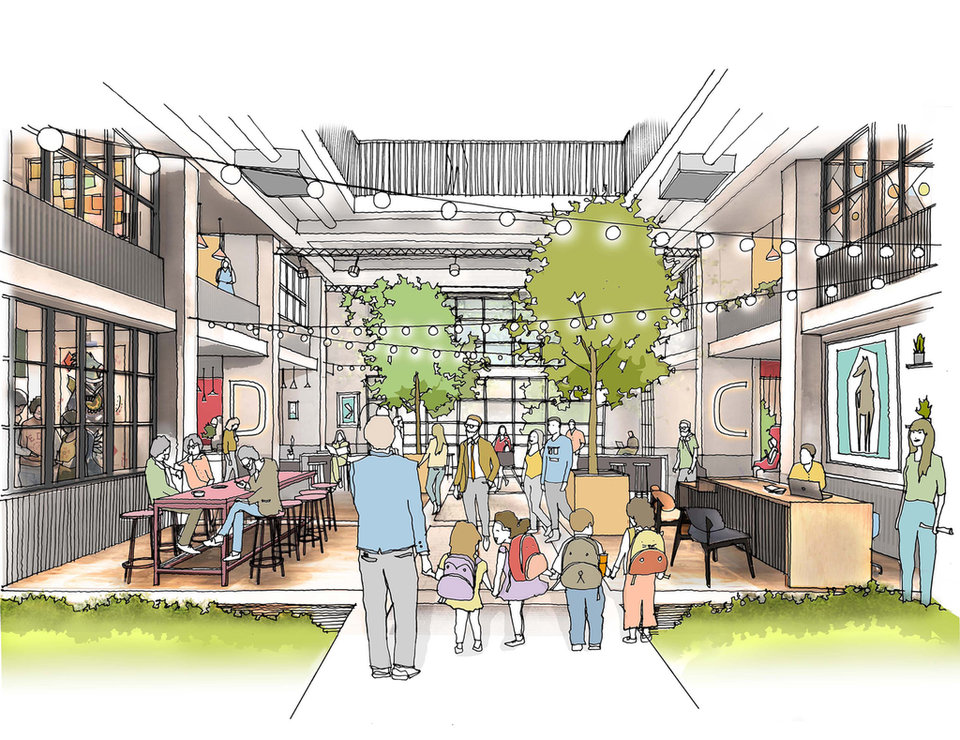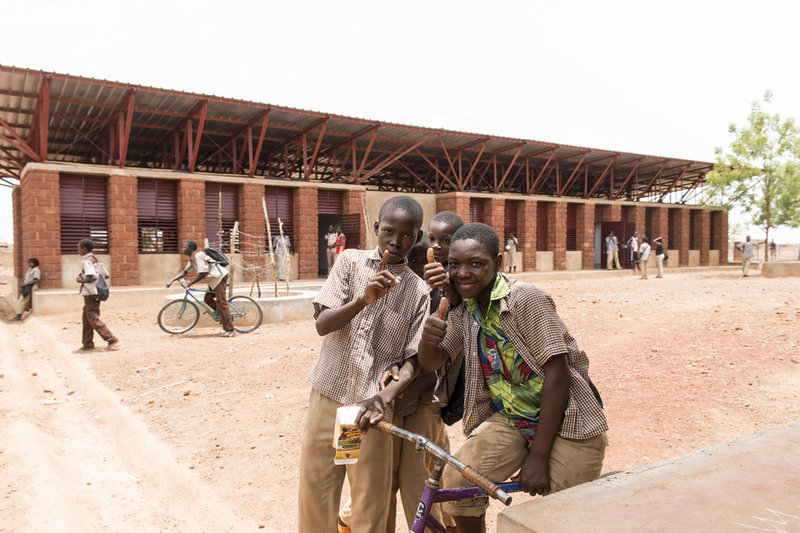Design
Designing buildings that create positive emotions
Félicie Krikler, director at Assael Architecture, explores how architecture can generate positive emotions and how RIBA’s Social Value Toolkit aims to help with the process.

W
ith the recent announcement of the UK Government's vision for ‘building beautiful places’, there is no better time to reconsider what design quality in architecture actually entails.
The housing secretary’s notion of what ‘beauty’ looks like is problematic; however, good design is more than just the aesthetic appearance of a building. It relates to the function and impact a building has on people’s lives and on its environment.
Our approach to architecture is inherently grounded in aesthetics and functionality, but as architects we are designing for an audience, especially when it comes to housing – for residents, the local community and wider society.
The various lockdowns that confined us to our homes shone a light on the stark inequalities in housing and how Covid-19 has not been experienced equally. For instance, it has created higher risks for those living in overcrowded housing, travelling in public transport or living in areas with more air pollution.
But the links between health and housing are not new; the Victorians were already well aware of it.
Félicie Krikler, director at Assael Architecture
Félicie Krikler, director at Assael Architecture
A multi-dimensional approach to social value
Design plays an important role in our lives and beauty is undeniably a part of it, generating positive emotions. But there are many practical aspects to this too. Higher sustainability credentials generate cheaper bills, being able to have control of your environment or plenty of storage makes it easier to keep one’s home tidy. These factors will all be important in generating positive emotions.
Aware of this and tired of being evaluated on short-term delivery of social value through the construction phases for public procurement, a group of architectural practices got together under the lead of Flora Samuel, VP for research at the RIBA, to create a Social Value Toolkit.
The toolkit takes a holistic approach to buildings and places, measuring the impact on social needs, personal enjoyment and fulfillment.
This is a framework to understand how architects can demonstrate the link between design decision and delivering social value, with its fundamental objective to understand and evaluate the impact of design on people and communities.
Assael is one of the practices that has helped shape and create the Social Value Toolkit for Architects, published in 2020, which incorporates a multi-dimensional approach to social value. The toolkit takes a holistic approach to buildings and places, measuring the impact on social needs, personal enjoyment and fulfillment.

Bethel secondary school in Burkina Faso is one of Article 25’s school projects in West Africa.
Aiming for ‘better’
Mark Carney, the former Bank of England governor, recently said that the effects of the Covid-19 pandemic have provided a big opportunity for sustainable growth and warned against falling back into the old habits that are detrimental to communities.
For designers and architects, this means encouraging better decision making at the beginning stages of a project, which can have a lasting impact on society for years to come.
As we emerge out of the pandemic and into the horridly described ‘new normal’, it is vital for architects to start utilising such tools, not only to measure the impact of design, but also to use those calculations to encourage clients to make better decisions.
Until we ask the everyday users, how do we know we have succeeded?
We see this as part of the real need for post occupancy evaluation (POE) on all projects, to make sure that architects and their clients review and learn from every project. There is no doubt we all have aspirations to design great places to live.
Nobody ever said, ‘I’d just like to design somewhere average because I don’t really care how it makes the residents feel’, but until we ask the everyday users, how do we know we have succeeded?
Embracing POE with social value as one of its key components, learning from our mistakes and aiming for ‘better’ every single time will be the only way we can really achieve ‘beauty’ in architecture.
Main image: A sketch for Blackhorse Mills, a residential project regenerating a former industrial estate in north London. Credit: Assael Architecture